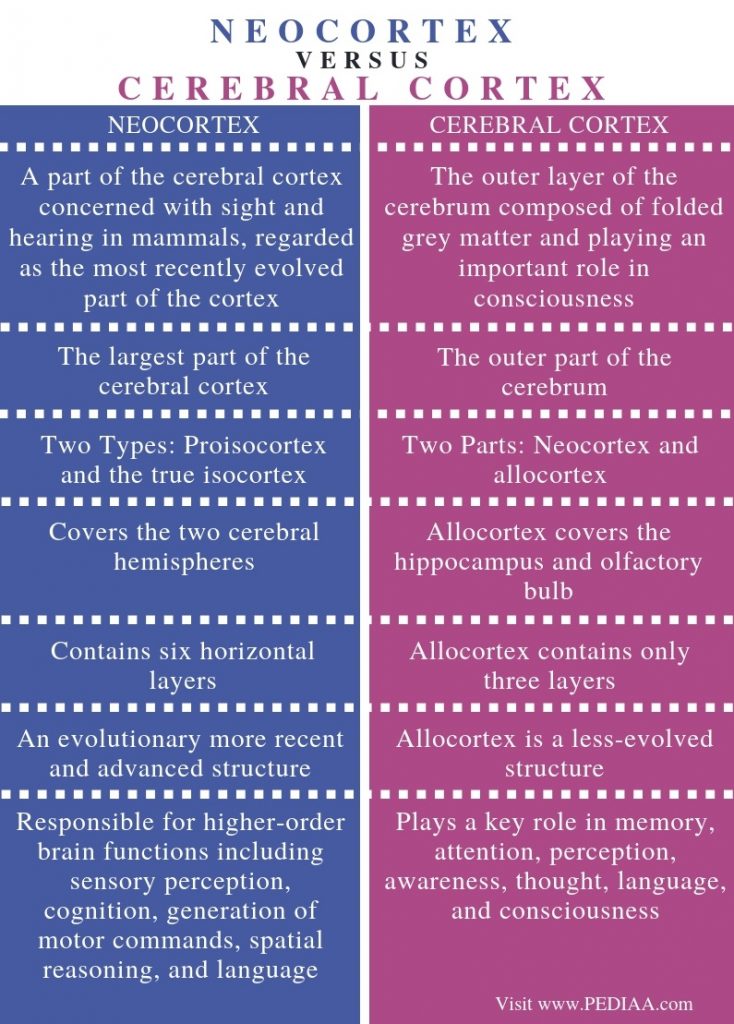
- Stata difference in difference how to#
- Stata difference in difference series#
Perform a placebo test using a fake treatment group. If the outcome trend moves in parallel before the program began, it likely would have continued moving in tandem in the absence of the program. Compare changes in the outcomes for the treatment and control groups repeatedly before the program is implemented (i.e. While this assumption cannot be proved, research teams can assess its validity in four ways: The validity of the difference-in-differences approach relies on the equal trends assumption, or rather the assumption that no time-varying differences exist between the treatment and control groups. Stata difference in difference how to#
This is the difference-in-differences: (DD)=(B-A)-(D-C).įor details on how to calculate difference-in-differences in Stata, see ieddtab.
Calculate the difference between the difference in outcomes for the treatment group (B-A) and the difference for the comparison group (D-C). Calculate the before-after difference in the outcome (Y) for the comparison group (D-C). Calculate the before-after difference in the outcome (Y) for the treatment group (B-A). Compute the difference-in-differences as follows: This leaves us with the impact estimation – or the difference-in-differences.ĭifference-in-differences requires data on outcomes in the group that receives the program and the group that does not – both before and after the program. Finally, difference-in-differences “cleans” all time-varying factors from the first difference by subtracting the second difference from it. 
Then, to capture time-varying factors, difference-in-differences takes the before-after difference in the control group, which was exposed to the same set of environmental conditions as the treatment group. In comparing the same group to itself, the first difference controls for factors that are constant over time in that group. Difference-in-differences combines these two methods to compare the before-and-after changes in outcomes for treatment and control groups and estimate the overall impact of the program.ĭifference-in-differences takes the before-after difference in treatment group’s outcomes. As discussed in the Randomized Control Trials page, we cannot draw causal conclusions by observing simple before-and-after changes in outcomes, as factors other than the treatment may influence the outcome over time further, we cannot simply compare enrolled and unenrolled groups due to selection bias and differences in unobservable characteristics between the groups.
Difference-in-differences relies on the equal trends assumption, which can be tested via placebo tests and other methods.ĭifference-in-differences is an analytical approach that facilitates causal inference even when randomization is not possible. For difference-in-differences implementation in Stata, see ieddtab. Difference-in-differences requires data on outcomes in the group that receives the program and the group that does not – both before and after the program. Perhaps what your supervisor meant was that different countries become treated (ie., adopted the policy measure at a different point in time). The countries present in year 2010 would be the same group as those present in later years, so all would be treated in one time period, untreated in another. You therefore need 1) a time variable, and 2) a treatment variable, or a variable that somehow groups your countries (example: adopting a certain policy measure).Ĭonflating the two makes little sense. In a nutshell, you compare a trend (over time) between two groups of countries/persons/other ID. Princeton has a good, although very short guide: Īdvice: read page 1, but forget about creating the interaction variable yourself, and use the method in slide 4.Īlso, wikipedia has a good graph fo making sense of this method: I would be so grateful if someone can help me because I have no idea how to do it. 
I have to do a DiD for each of these factors. The aim of this DiD is to identify how a changing competitiveness score of a country is connected with various other factors, like a country’s GDP, life-expectancy etc.
Stata difference in difference series#
I cannot run a times series regression because there are not enough years.

As far as I understood it, he wants the year 2010 to be the untreated group and the other years to be the treated group (but maybe I am wrong here). He told me to define the diff in diff on a timely basis which means that the year 2010 is t0 and then I have to look how the variables have developed. My professor told me to run a difference-in-differences analysis although I have no treatment and hence no control group. I have data of over 130 countries of their GDP, life-expectancy and their competitiveness score from the years 2010 – 2015. I am quite new to STATA and maybe this is an easy question but I’m becoming desperate because I have no solution for my problem and so far none of the posts about DiD in this forum have helped me.







 0 kommentar(er)
0 kommentar(er)
